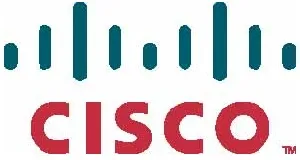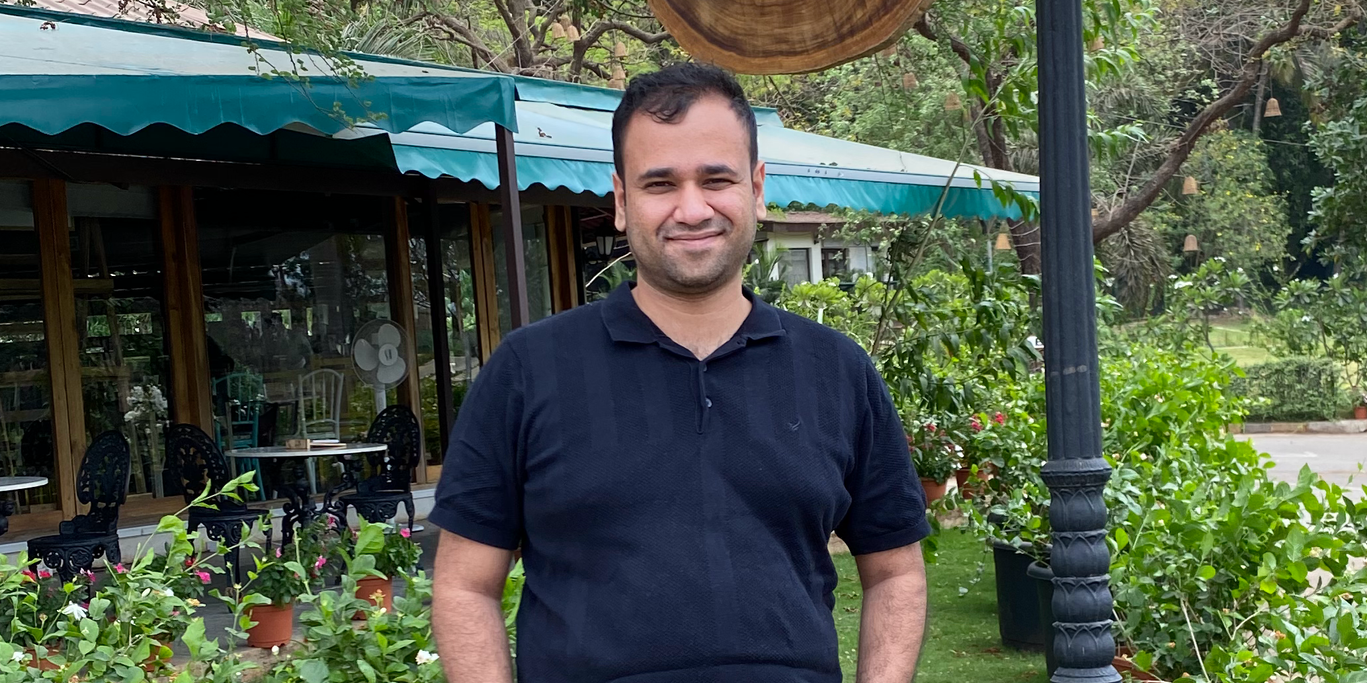Cisco Network Innovation Enables Most Scalable Data Center Fabric on Planet
Thursday October 20, 2011 , 3 min Read

New Delhi, – October 20, 2011 – As Internet traffic volumes increase at exponential rates (by 2013 it’s predicted that there will be 56 exabytes (about 12.8 billion online movies) crossing the internet per month) the data centers that house and secure applications and data need to scale while remaining highly secure. Today, Cisco® introduced ground-breaking additions to its data center networking portfolio that address these needs and deliver unmatched architectural flexibility and scale for physical, virtual or cloud computing environments.The new Cisco switching products introduced today augment the Cisco Unified Fabric portfolio, which consists of Nexus data center switches and MDS storage switches that connect servers, data storage, and corporate networks seamlessly within the data center and cloud. Cisco unveiled second generation capabilities for the Nexus 7000 family and Cisco FabricPath support for the Nexus 5500 switch; together they provide industry-leading data center fabric scalability, supporting over 12,000 10GbE server ports: double the next-best offering on the market at less than half the cost.
Cisco also added new switches with sub-microsecond latency to the Nexus 3000 ultra-low latency switching family, and introduced a virtualized version of its popular ASA security appliance to deliver consistent security for virtualized and cloud environments.
Today’s announcements further advance Cisco’s fabric-based approach to delivering unique solutions to meet diverse data center requirements, from non-virtualized “bare metal” environments, to highly virtualized data centers, Cloud-based architectures, Web 2.0 and “Big Data” environments that manage huge data sets.
The second generation Nexus 7000 has the capability to:
- Download the entire U.S. Library of Congress in 90 seconds, (about 200TB.)
- Simultaneously stream 4.5 million Netflix movies (average Netflix movie about 3.5GB.)
- Download in 114 seconds the 250 million photos that get posted to Facebook each day (at an average 1MB per photo.)
- ‘Tweet’ in 3.6 seconds every one of the millions of tweets that generates about 8TB of Twitter traffic during the course of a typical day.
Zhang Cheng, senior manager of information systems, Baidu said - “Baidu provides China’s leading internet search engine and is one of the world’s fastest growing internet companies, serving billions of search requests daily across 138 countries, with a daily average of over ten search queries for every Chinese-speaking Internet user on the planet,” said Zhang Cheng, senior manager of information systems. “The Cisco Nexus 7000 series and the next generation F2-series line-rate 10GE I/O modules and Fabric2 modules offer unmatched high performance, high density and low power draw, ensuring Baidu can continue to scale and serve our rapidly growing customer base.”
John McCool, senior vice president and General Manager, Core Technology Group, Cisco shared -“Aimed at helping our customers to achieve their business goals faster and with less risk, Cisco’s pace of data center innovation is unrivaled, and with over 19,000 NX-OS customers, it’s clear that the market has embraced Cisco's fabric approach as the foundation for their data center architecture. Cisco is leading the industry transition to 10Gb Ethernet delivering the highest scale in the market today. Cisco provides extremely flexible solutions that support diverse data center environments, from small scale or general purpose enterprise applications to the special requirements of Web 2.0, high performance computing, Big Data and cloud computing.”










